How Is Construction Waste Taken Care Of?
Construction waste is a significant problem in developing countries due to a lack of infrastructure and economic resources. It ranges from wood and the plastics used for packaging material during construction to metals such as copper and lead wiring. According to Big Rentz, an average construction site can accrue up to 30% of construction waste from its building materials. Lack of proper action towards the disposal of construction waste can lead to environmental pollution that negatively impacts human health and hinders the development of natural resources. A large amount of waste is generated during construction because building materials are essentially based on aggregates. In practice, this means that recycling is a way to save the environment and natural resources. When recycled well, it is possible to get almost all of the raw material back, which would not otherwise happen when just discarded in landfills or burned in incinerators.
Different Ways in Which Construction Waste Is Defined
Waste is defined as materials or objects not needed for the project. It does not include waste produced during the building process, like soil and rocks from excavation, bricks, and stones from crushing. When recycled well, most of this construction waste can be reused in other projects; therefore, it doesn't even count toward recycling rates.
Materials that are not reused simply because they are not recognized as waste and therefore stay in the regular trash are defined as invisible waste. This includes rubble from demolished buildings, materials that have been removed due to renovation, or other reasons such as lead and asbestos, or construction sites' leftovers such as nails and wood pieces.
Separating waste by type leads to better recycling rates because each material requires a separate storage space.
Management Of Construction Waste
For waste management purposes, construction waste is divided into six main categories: inert materials, wood, plastic and rubber, glass, metals, and hazardous waste. Each of them has different recycling needs that need to be met for the resulting recycled product to be high quality.
Inert materials don't react with other substances or corrode easily at standard temperature and pressure. There are four types under this category: stones and gravel from excavation, concrete pieces, bricks, and rubble from demolition sites. All these can be reused as-is in filling projects such as road construction or harbor works. It is also possible to grind them, add some cement and make new bricks. This results in a higher quality than a recycled brick can ever have.
For wood waste recycling, the waste must come from construction or demolition sites because trees usually don't get into that type of waste. Wood pieces must be sorted by size and reused as-is for certain products such as pallets and crates. In contrast, others require more complex processing to get rid of nails, metal parts, laminated wood, etc., resulting in better quality material suitable for further reuse.
Plastic waste is separated into two broad categories: rigid plastics are mainly packaging materials like boxes, plastic bags, etc., which are widely recyclable; loose plastics must be sorted by types (i.e., polyethylene and polypropylene) and by color (i.e., black, transparent and gray). They cannot be recycled together because they require different recycling processes, which leads to lower quality recycled material if the two sorts of plastics are mixed up.
Rubber waste is usually made of polyurethane materials such as old tires, hoses, and mats; it can only be ground for reuse in road construction or rubberized football pitches, etc., but shredded into tiny pieces first, then heated. It allows separating the PU from a plasticizer that has not reacted with heat before melting down for grinding. This way allows higher quality reuses than mixing up shredded and non-shredded rubber waste would allow.
Glass waste is separated into clear, green, and brown glass because it needs different recycling processes to produce high-quality reuse. Greenish glass goes through a thermal process called devitrification which helps remove impurities from recycled glass; meanwhile, brownish glass uses chemical treatments for better color removal. Note that both of these processes lead to a lower quantity of output; therefore, the resulting final product has a higher price on the market than non-treated or not segregated types of recycled material do.
Metals are divided into ferrous (metal parts made out of iron) and non-ferrous metals (zinc, copper, etc.). Both sorts can be melted down at very high temperatures to separate them into pure elements, then reused for other products. Ferrous metals are turned into steel ingots, which can produce new metal parts; non-ferrous metals are melted down and separated.
Hazardous waste is mainly medical liquid waste (which cannot be incinerated). It should only come from construction or demolition sites because it doesn't fit any other type of location where waste is produced.
Construction sites should create bins with information about their recycling profiles, which help workers sort out the resulting waste in real-time according to predefined guidelines that will allow each specific site to reach its fullest potential in terms of the quantity of recycled material produced.
If you're looking for ways to dispose of surplus material from your projects, don't hesitate to contact us. When you hire us to manage your project's clean-up needs, we will remove all construction debris at no extra charge to not pose any risks to the environment. Call us to get free quotes. We'll be happy to provide resources and advice on taking care of construction waste responsibly while saving money.

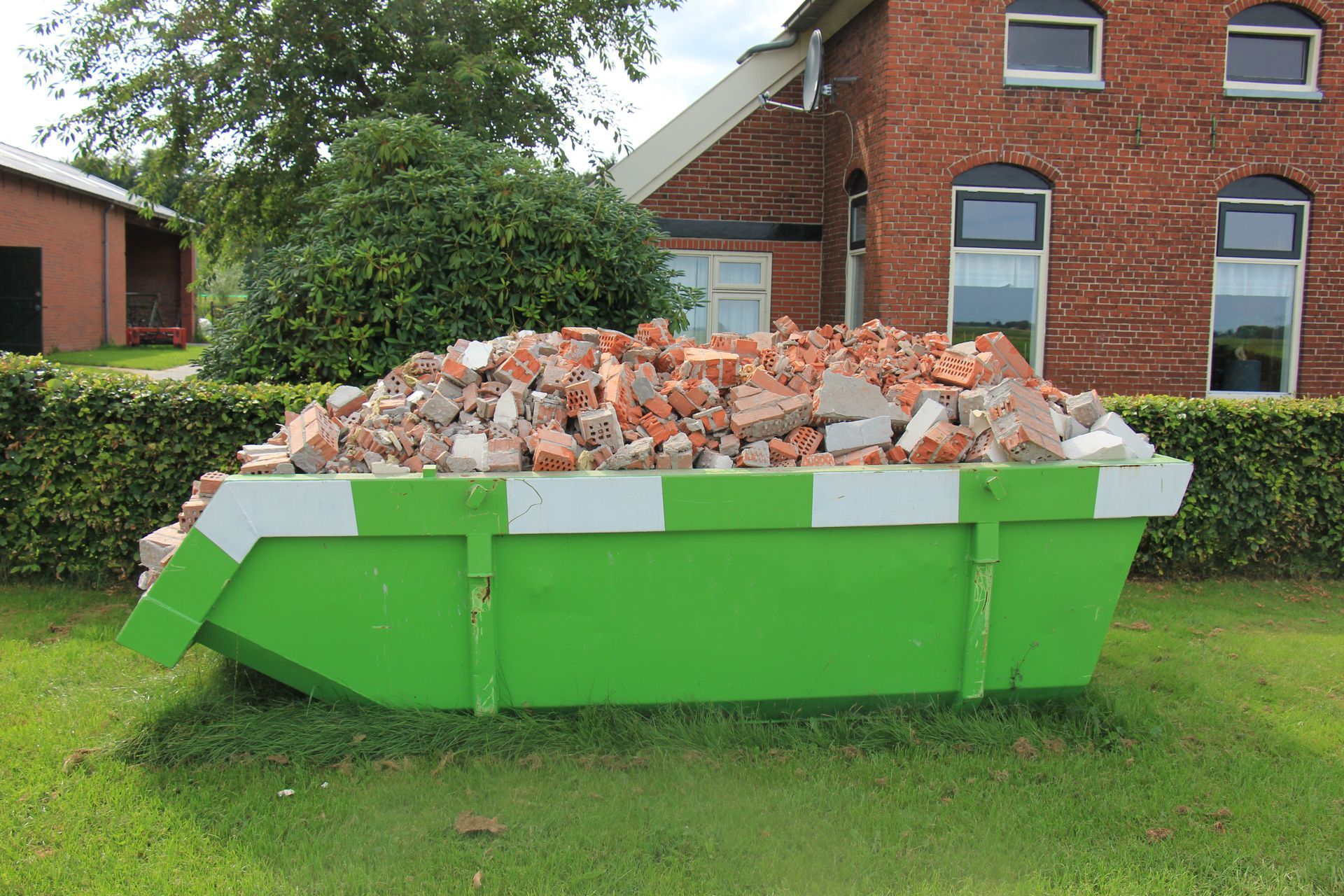
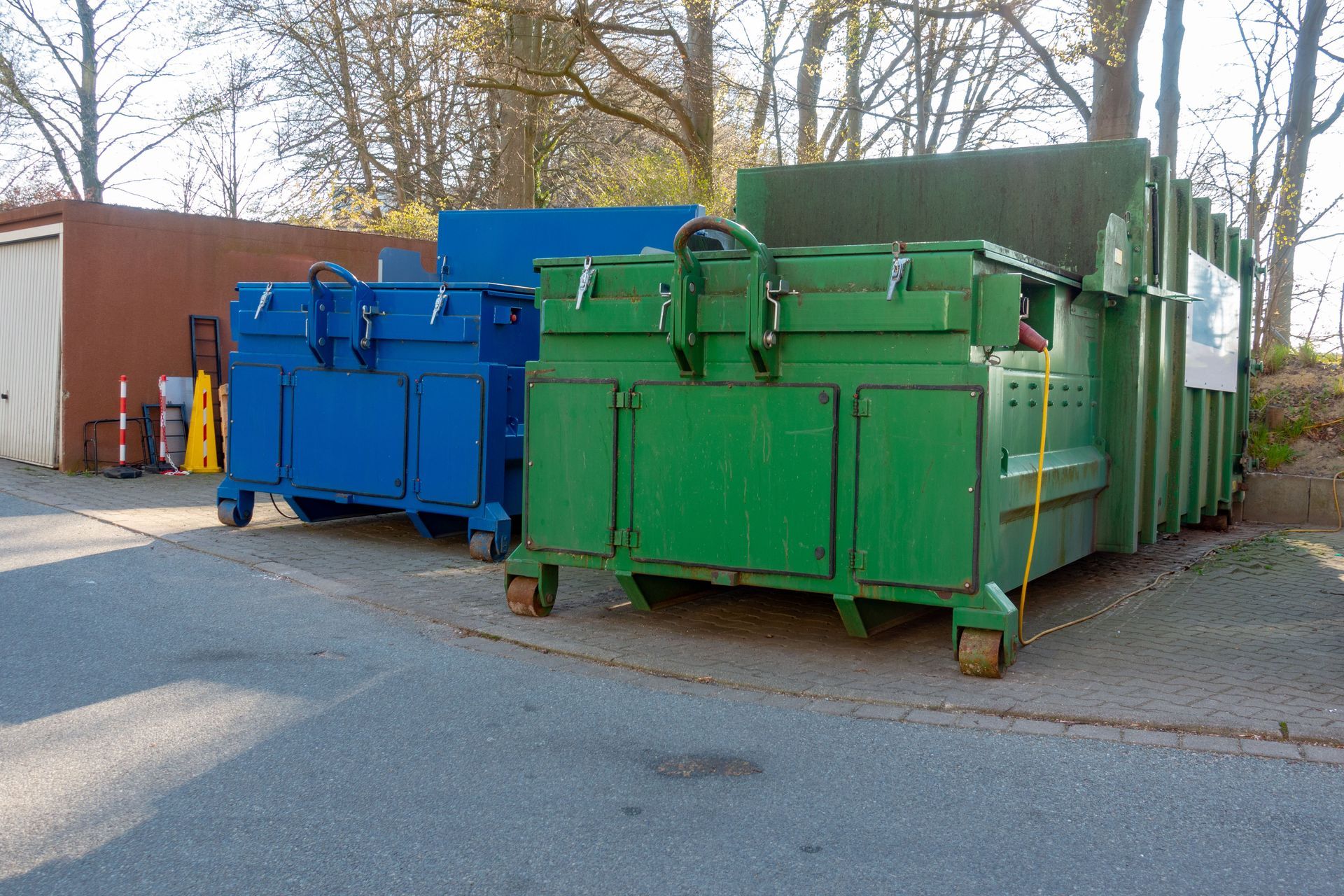
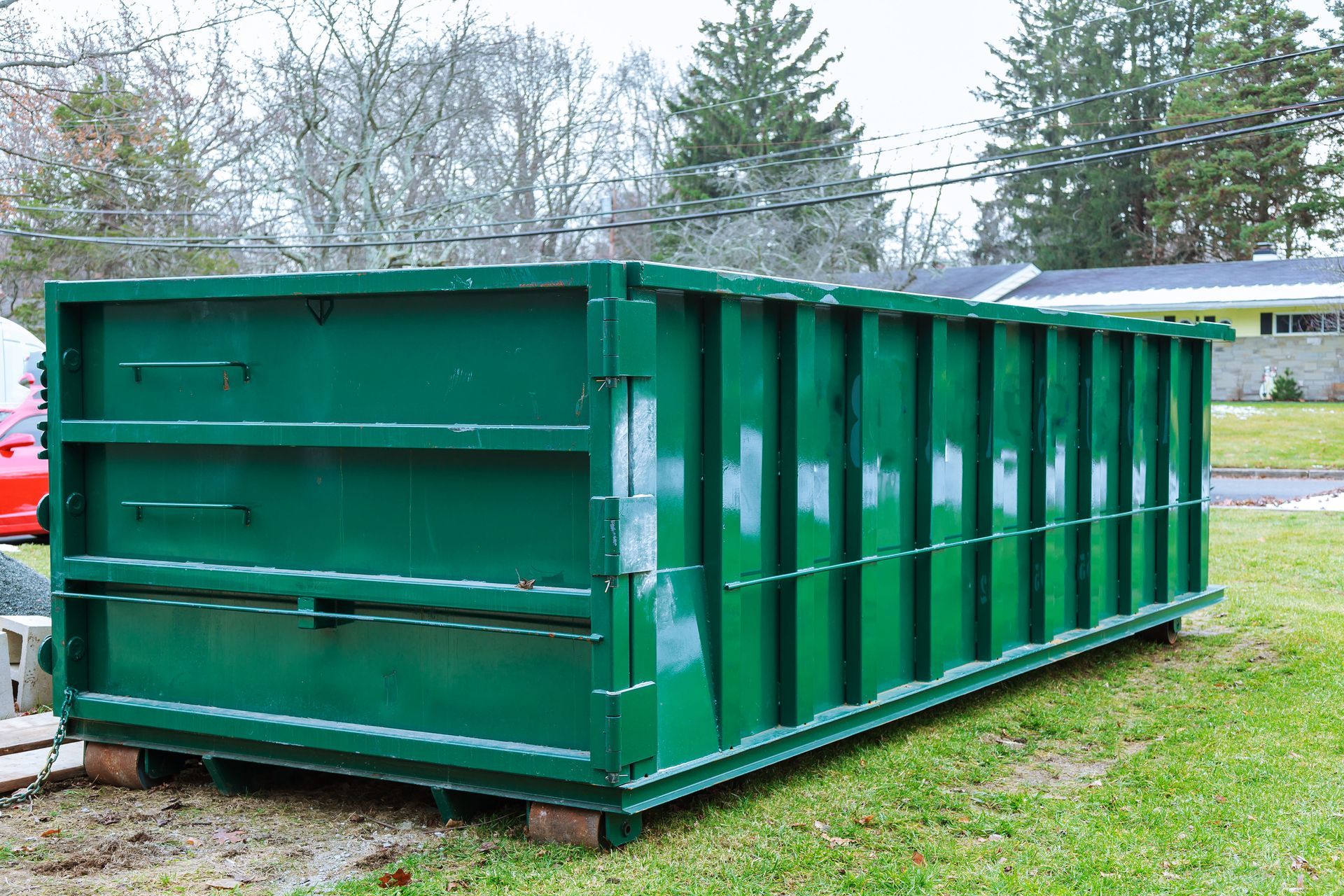
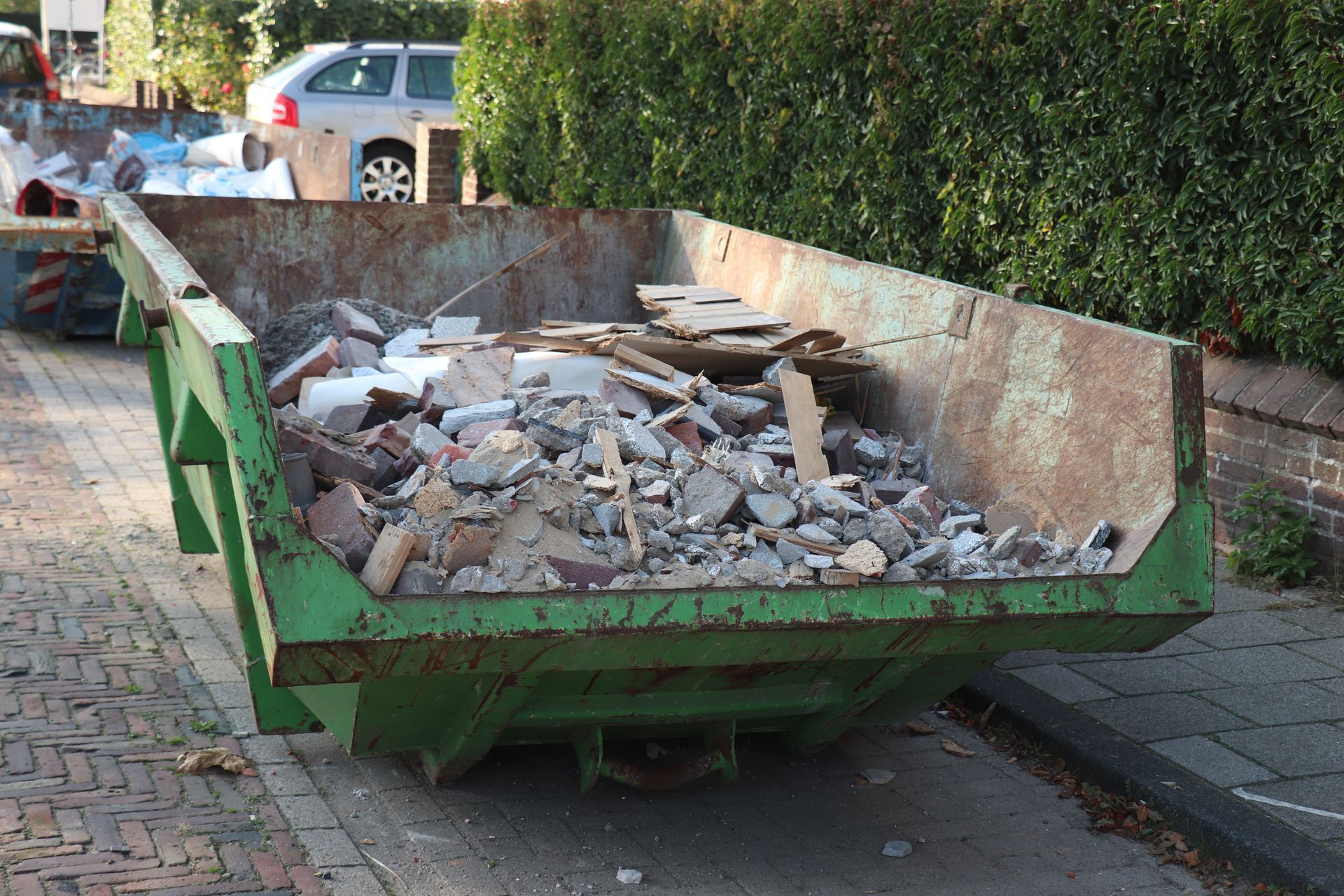
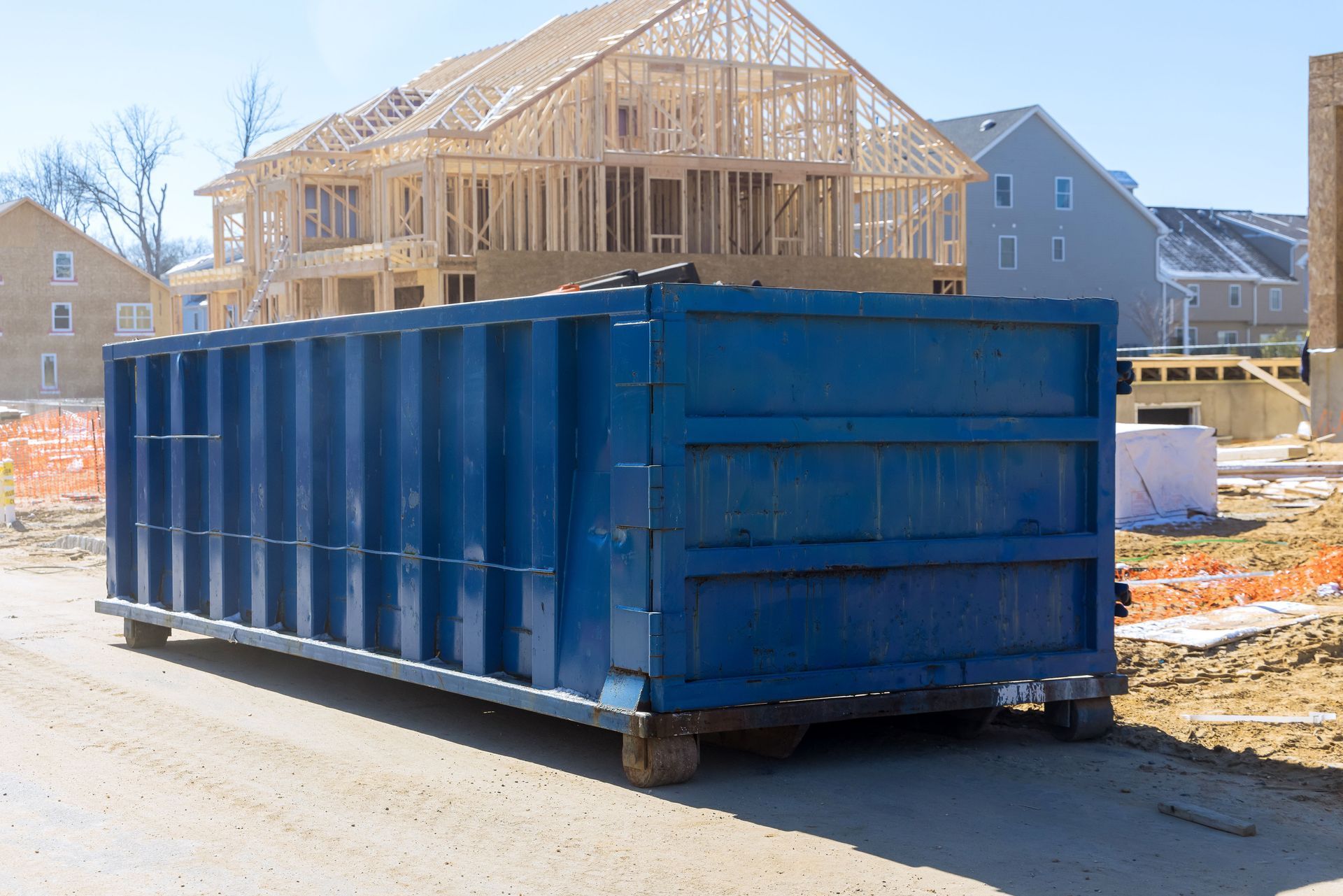
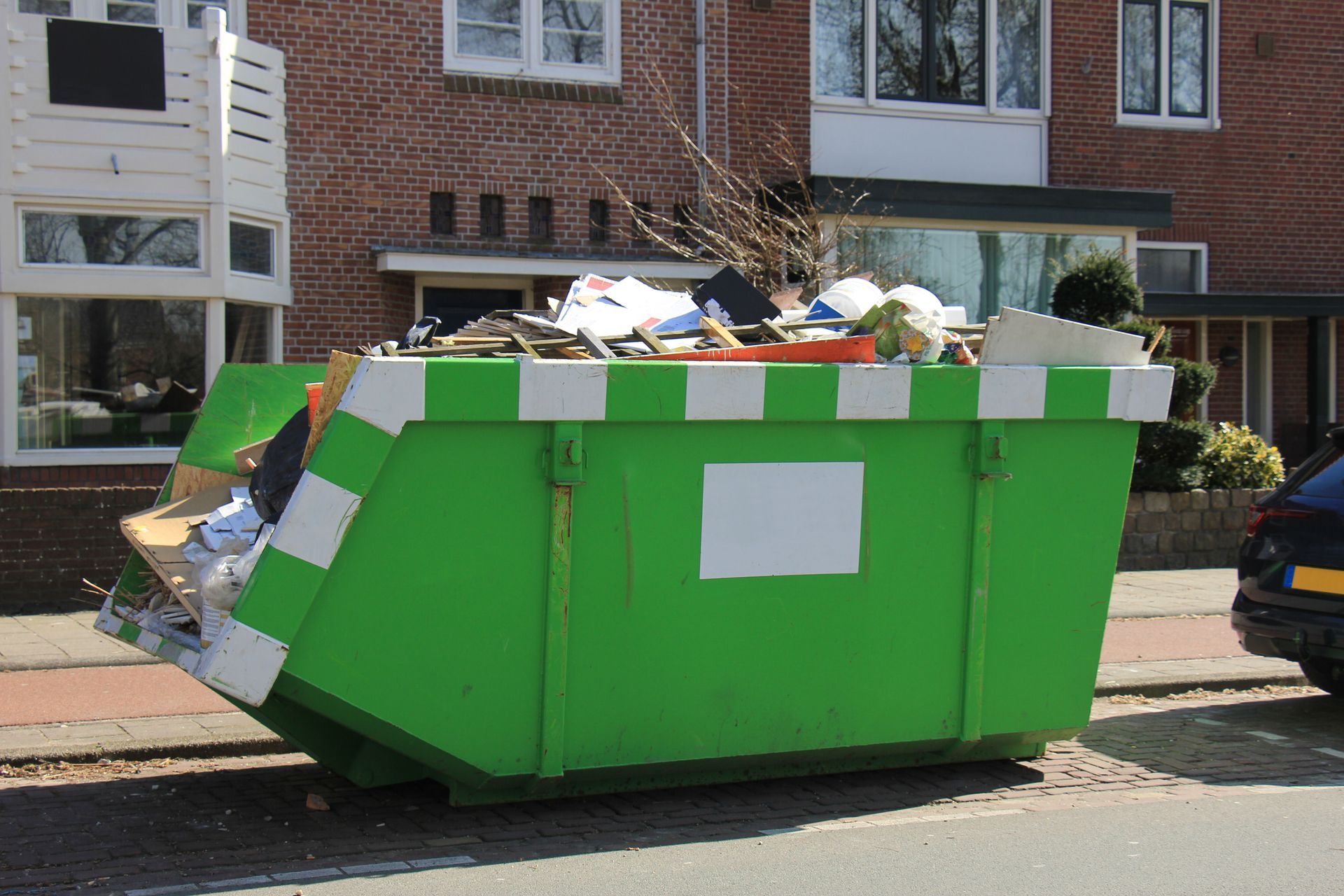

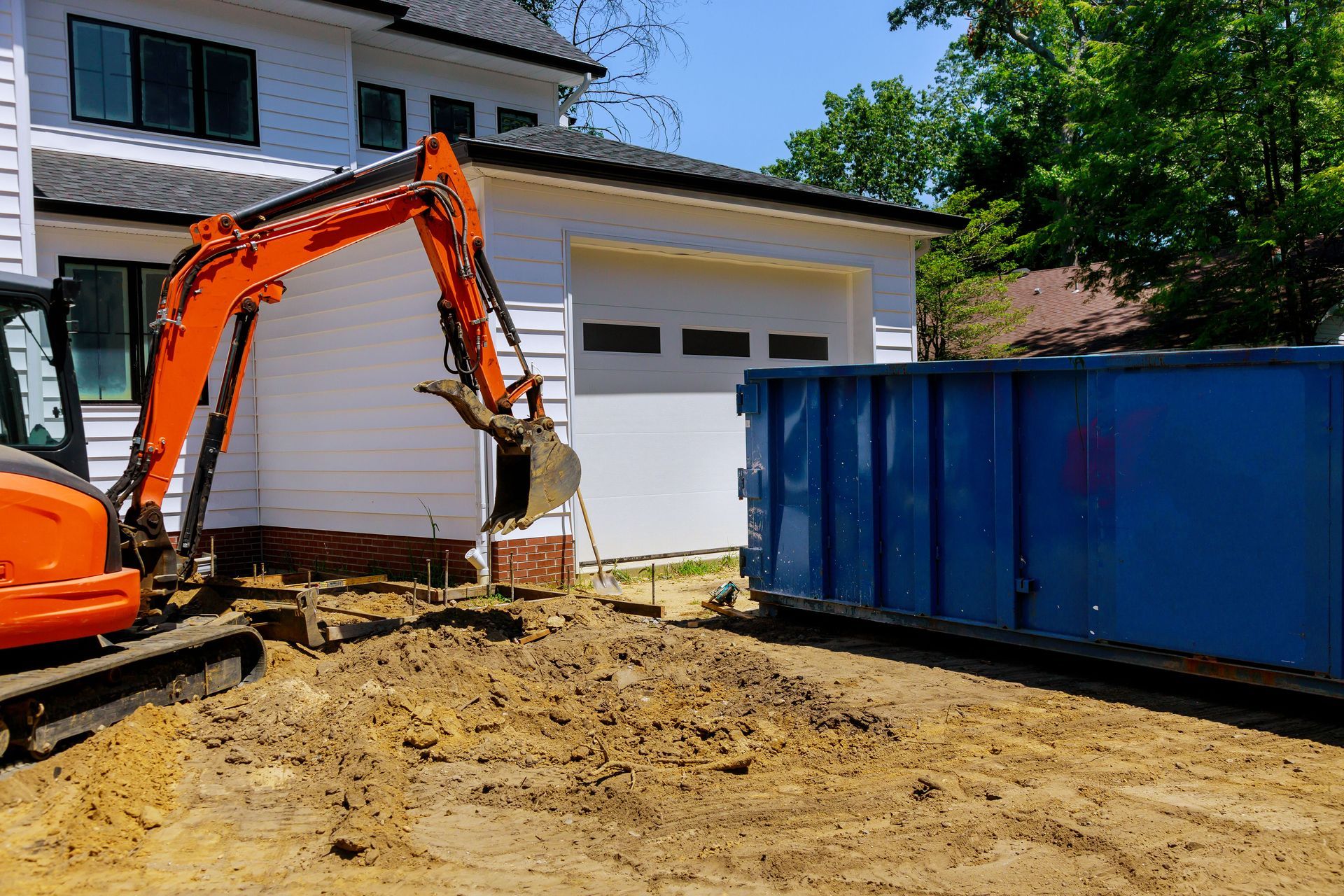
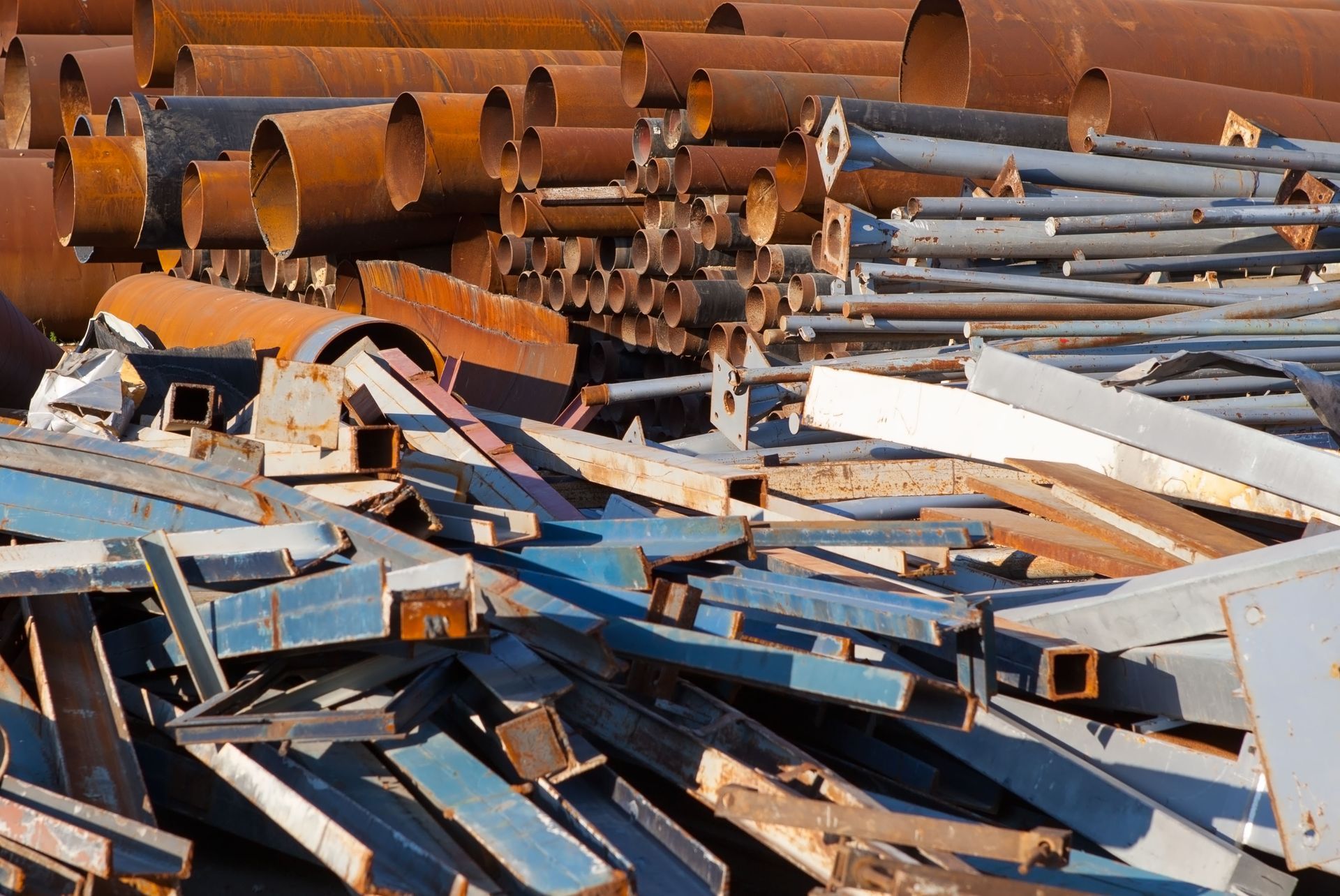
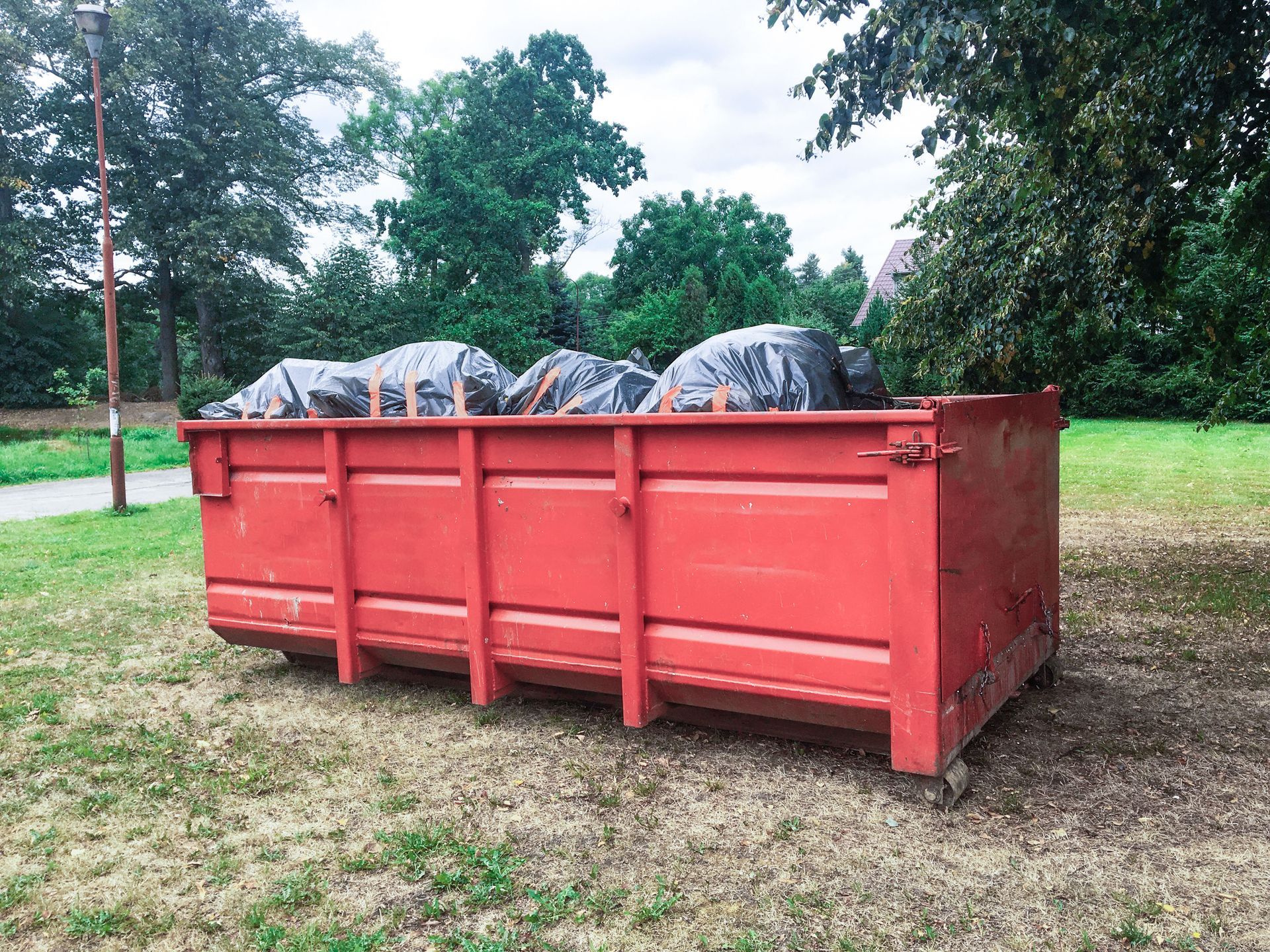
Share On: